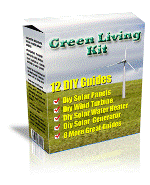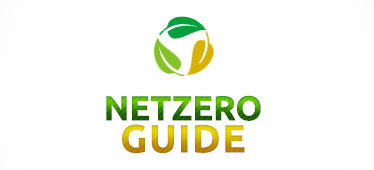
It’s natural in these times, when the cost of fossil fuels is rising, driven up by rising global demand as the economy recovers from the global recession, that interest in alternative energy is rising, too. That’s even more so as technological advance brings the price of solar and wind power down. Nor is it just interest in big power
projects that’s on the rise, but also in household-
A home solar or wind system can certainly cut electric bills, potentially to zero. The catch is that, if you hire a contractor to install such a system, you’re looking at thousands of dollars up front in costs, potentially as much as a new car.
It can take many years for such a system to pay for itself if you do it that way. A somewhat cheaper way to have your own solar or wind power is to buy a kit containing all the parts, and do the installation work yourself. That can cut the cost by as much as half, maybe more if you get a good deal. But the real way to save money is to do even more of the work yourself, by building your own solar panels or wind turbines from scratch.
A lot of information is available these days online to show people how to do that and other things appropriate to energy efficiency, saving money, or reducing one’s environmental footprint.
One example is the Green Living Kit (greenlivingkit.com), a web site where you can buy a total of twelve e-
This does not appear to be a complete guide to building a renewable-
a storage battery system for off-
Most of the booklets deal with tricks that, while they might have interest in themselves for some people, are not part of a home energy system as such.
The Green Living Kit offers another way to obtain the guides, which is to sign up for a “membership” at $9.99 a month and receive one of the guides per month. Assuming the first two guides were sent in the first two months (which the web site does not make clear), that would allow a customer to obtain the two main guides (on how to build solar panels and how to build a wind turbine) for about $20, a considerable saving over buying all twelve at once. However, if the order is random or if the less general guides are sent first, you could end up spending a lot more money, so it’s hard to see whether that would be a good idea or not.
Of course, if all of the information offered in the kit is of interest to you (bearing in mind that information on organic gardening, chicken raising, and building a greenhouse is easily available for free), then it might be worthwhile getting all twelve booklets for the one up-
price.
Anyone who does this, though, should do so in the understanding that more information will be necessary before you can actually install a working home electrical system using solar or wind power.
